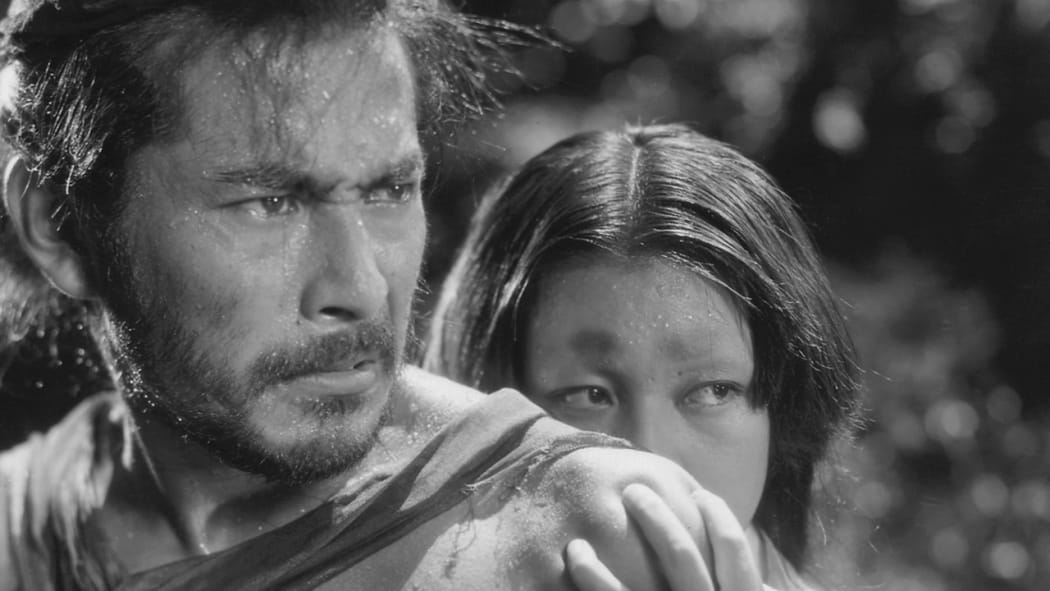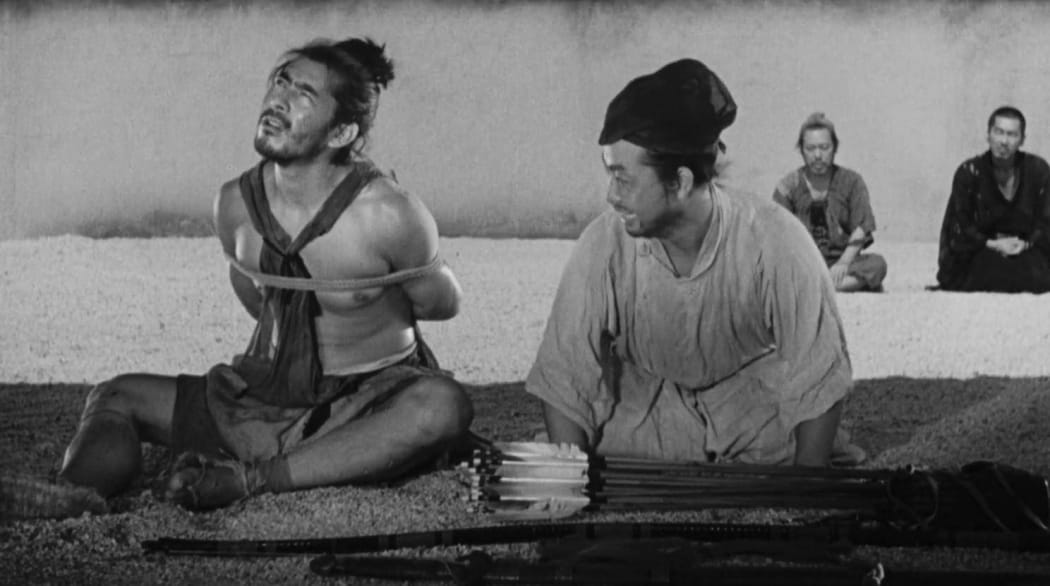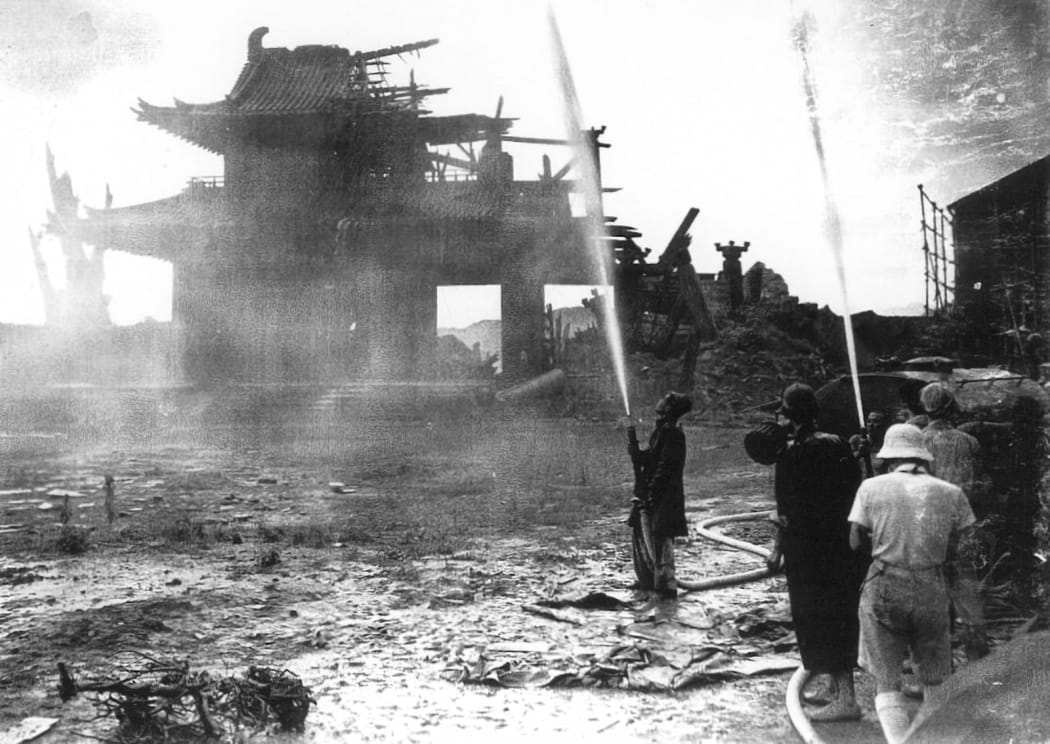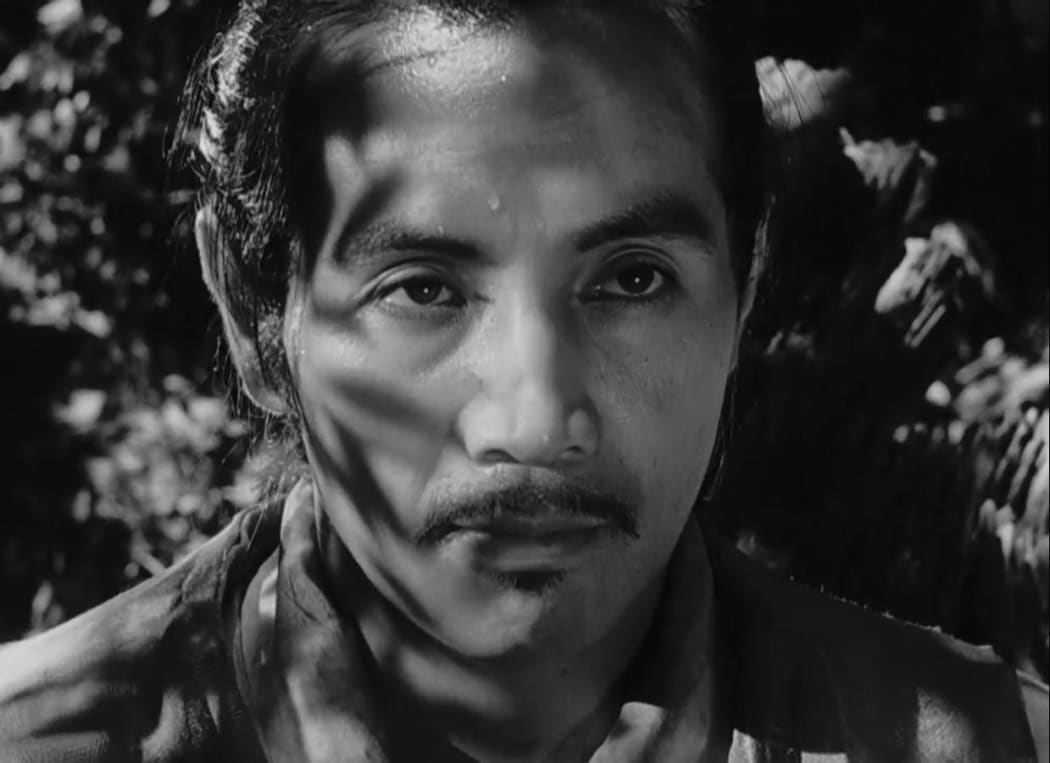Dan Slevin makes his first trip to Japan in his survey of the Sight & Sound top 50 films of all time.

Photo: Janus Films
Dropping from number 24 to equal 41st, Akira Kurosawa’s Rashomon (1950) is the first Japanese entry – of four – and the first to have given its name to an entire storytelling concept.
Absolutely mind-bendingly groundbreaking at the time, the concept of the same event being presented through the unreliable memories and perceptions of four different characters is relatively commonplace these days, there’s even a concept known as “the Rashomon effect” that’s used by people who may not have even seen the film.
Kurosawa didn’t come up with the concept himself – his script is based on two short stories by Ryonosuke Akutagawa – but his presentation of it broke peoples’ brains and showed future filmmakers that there was much more freedom available to screen storytellers than they had before.
The film also introduced Western audiences to Japanese cinema for the first time, just as the world of independent and arthouse cinemas and festivals was beginning to take off.
Rashomon, then, is a significant milestone in cinema and a major piece of work in its own right. But how does it play today?
If, like me, you are familiar with Kurosawa’s samurai pictures – Seven Samurai (1954), Yojimbo (1961) – or his later historical epics like Kagemusha (1980) or Ran (1985), you may find Rashomon to be a bit more of a trial.

Photo: Janus Films
Firstly, the incident at the centre of all those competing recollections is a rape and murder and the first version that we hear is from the bandit who has been accused of the crime. Played with gusto by Toshiro Mifune, it’s such a different performance from the man who would become famous as the taciturn moralist samurai in later films that you wonder whether he’s even the same actor.
Another aspect of the film that makes it difficult to get into – at first – is the framing device of three travellers sheltering from a downpour in an abandoned temple. A woodcutter and a priest are attempting to tell the story to a ‘commoner’ who is cynical about everyone’s motives and believes that even the dead are compelled to lie if it suits them. Their conversations provide the philosophical framework for the movie but it does take a while to get to the point and the heightened acting style kept me at arm’s length.

Kurosawa’s crew use hoses to make it rain on the abandoned temple set of Rashomon (1950) Photo: Janus Films
But then, during the fourth retelling of the crime and its aftermath from the point of view of the woodcutter who saw it all but was afraid to testify, the incessant music disappears and the performances become much more psychologically authentic. It’s like you are watching film change from classical to modern in front of your eyes.
If it wasn’t for this project, I might not have persevered with Rashomon but I’m glad I did because its only as a whole that its full weight can be experienced.
It’s not just about how memory can be fallible, and that bias, fear and shame can taint even the most honest testimony. It’s also about good and evil and the darkest, least knowable, aspects of human nature.

Photo: Janus Films
Technically, the film is innovative. According to Robert Altman, this is the first time that a film camera had been pointed directly at the sun and the ‘dappled’ light through the trees and the constant rain in the framing sequences emphasise the steadiness and implacability of nature compared with the unreliability of the human beings.
The only way I can find for New Zealand audiences to legitimately watch Rashomon online is via AroVision, the digital rental site operated by Aro Street Video.
It is available on DVD from Aro St Video in Wellington and Alice in Videoland in Christchurch and the public library collections in Auckland and Wellington.
Dan Slevin is spending 2023 watching each of the Top 50 Greatest Films of All Time (according to the BFI/Sight & Sound magazine).

